This bison bowl recipe is a twist on traditional Korean bulgogi, but uses ground bison instead of sliced sirloin, making it a budget-friendly, lean, and healthy meal. When combined with steamed broccoli, kimchi, and white rice it becomes a gut-boosting feast!
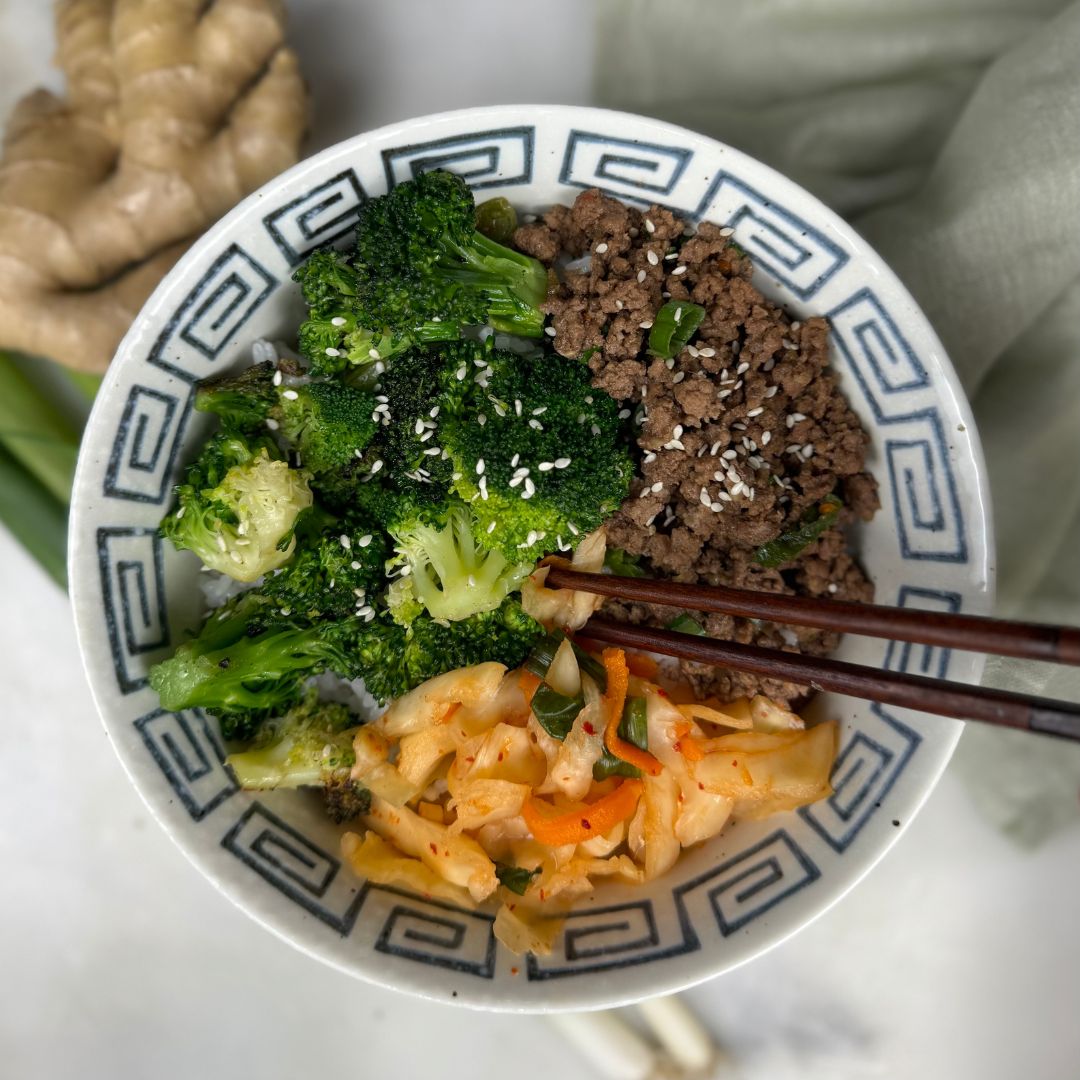
Is Bison Healthier Than Beef?
For a sustainable and gut-healthy version of a Korean beef bowl recipe, replace the beef with ground bison! Bison is known for its leaner profile, containing less fat and fewer calories than beef. Additionally, bison farming typically has a lower environmental impact compared to beef production, making your Korean bison bowl a more sustainable choice. Incorporating lean ground bison into your Korean bowl not only offers a lighter option but also provides a rich source of protein and nutrients, promoting better digestion and overall gut health.
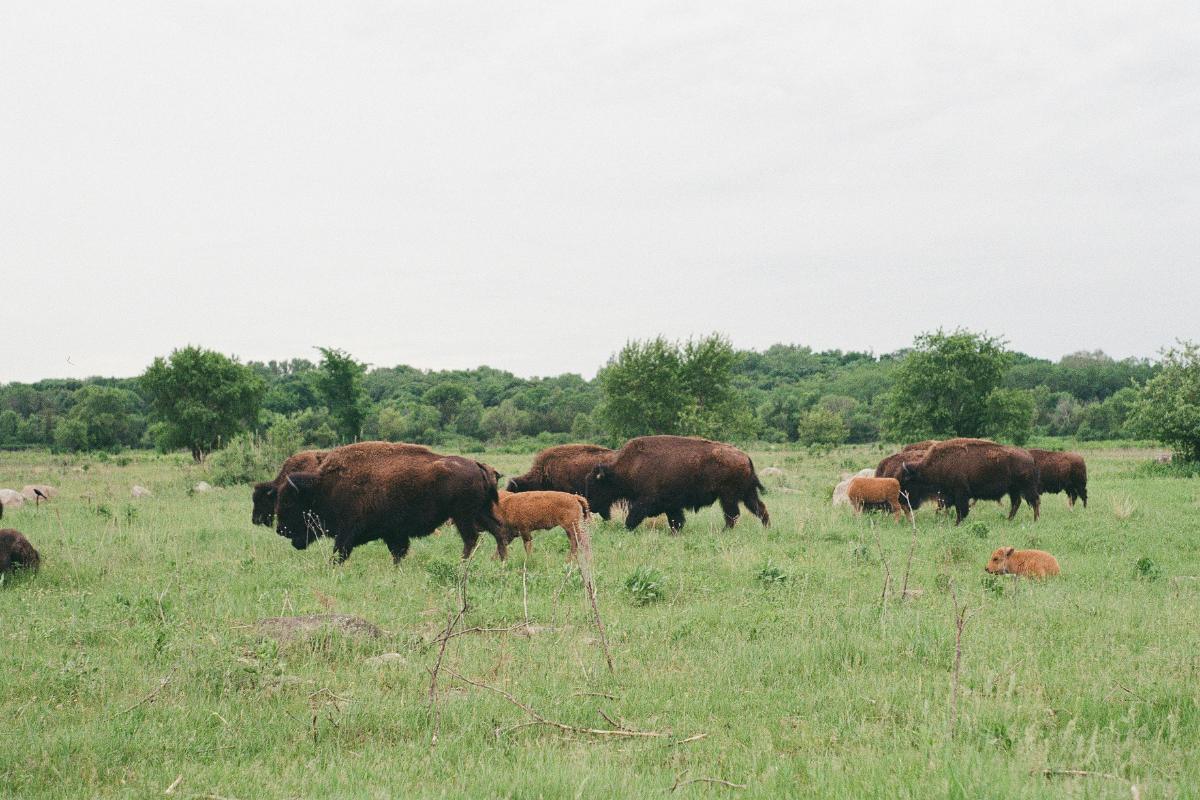
How Should Ground Bison Be Cooked?
The approach for cooking ground bison in this recipe is essentially the same as you’d use for ground beef. Simply cook the ground bison in a pan over medium high heat with oil and spices, in this case, minced garlic, plus a sauce containing soy sauce, sesame oil, crushed red pepper flakes, and ginger.
How Bison, Broccoli, and Kimchi Support Gut Health
Bison meat might have a big impact on our gut health too. The good bacteria in our gut love fiber, and grass-fed bison meat is full of it. Fiber keeps our digestion in check by helping food move through our intestines easily, keeping everything running smoothly.
Broccoli has the potential to protect your gut lining, which, in turn, can help prevent disease. By binding to receptor sites in the small intestine, broccoli can help enhance the barrier function of the intestinal wall. Studies like this one have noted the positive impact cruciferous vegetables like broccoli have on the gut microbiome.
Along with fiber, vitamins, and minerals, kimchi contains natural probiotic bacteria. When consumed regularly, the probiotics in fermented foods can improve your gut microbiome.
In other words, this Korean Bison Bowl gives you a mega dose of gut-healthy ingredients!
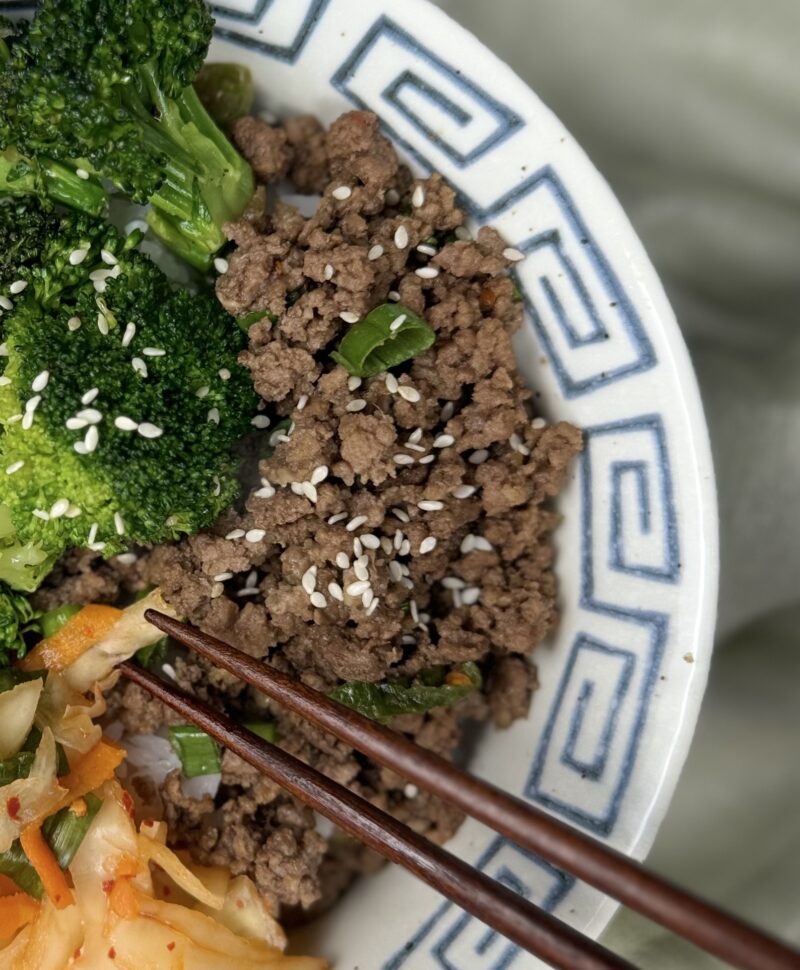
Ingredients for Korean Bison Bowl
For the ground bison, you’ll use the following ingredients (refer to the Recipe card for exact quantities):
- ground bison: I have been purchasing the Great Range brand of ground bison that’s currently available at Whole Foods and Costco as of this post’s writing.
- avocado oil or other neutral cooking oil
- fresh garlic
- yellow onion
- soy sauce or tamari (for gluten-free)
- honey
- sesame oil
- crushed red pepper flakes
- fresh grated ginger or ground ginger
- cornstarch (optional – to thicken sauce)
For veggie accompaniment, I used cooked broccoli (sauteed, but roasted or steamed broccoli are great too). Feel free to sub out your favorite veggie of whatever you have on hand.
As for kimchi, I like Sunja’s Medium Spicy Kimchi, which I’ve bought from Whole Foods.
For garnish, see the ideas in the Serving Suggestions below, but I used:
- green onions, thinly sliced
- sesame seeds

Instructions for Korean Bison Bowl
To cook the bison meat:
In a small bowl, whisk together soy sauce, honey, sesame oil, crushed red pepper flakes, and ginger.
Heat avocado oil in a large pan over medium high heat. Add garlic and chopped yellow onion to the pan and stir constantly until fragrant, for about 1 minute.
Add ground bison and cook until almost browned, for 3 to 4 minutes, crumbling the meat as you cook. Thoroughly drain excess fat and juice from the pan (to avoid watery sauce).
Stir in soy sauce mixture and green onions until well combined. Let it simmer until heated through for about 2 minutes.
- If you want to thicken the sauce, in a small bowl, make a quick slurry with 1-2 tsp cornstarch and 1-2 Tbsp water. Pour into the pan and stir until sauce thickens.
For the broccoli: Either saute or roast can serve alongside the Korean bison:
To saute your broccoli, add to a pan over medium high heat with oil, red pepper flakes, salt and pepper. Cook for 5 minutes, then cover and cook for an additional 2 to 3 minutes, or until bright green and tender.
To roast your broccoli, toss with oil, red pepper flakes, salt and pepper and roast in a 425° oven for 15 to 20 minutes until tender.
To serve your Korean Bison Bowl:
Put the meat, broccoli and Korean kimchi on top of short grain Japanese rice.
Add sliced green onion and sesame seeds for garnish. If desired, you can toast sesame seeds in a pan on medium heat for 30 seconds to 1 minute, or roast briefly in a toaster oven until golden brown. They toast quickly so be sure to watch them!
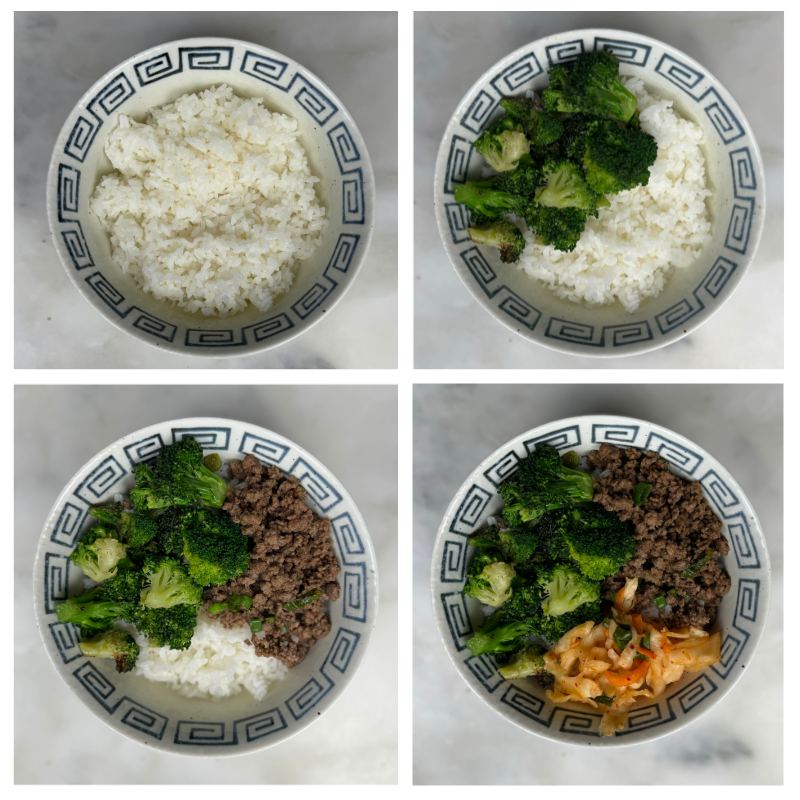
Serving Suggestions
In addition to the serving instructions described in the step-by-step above, here are some other serving ideas for Korean bison:
Lettuce Wraps: Serve the Korean bison mixture in lettuce cups for a lighter and refreshing option. Add some shredded carrots, cucumber slices, and a sprinkle of sesame seeds for extra flavor and crunch.
Noodles: Serve the Korean bison mixture over cooked noodles such as rice noodles or soba noodles for a delicious noodle bowl.
Vegetables: Add steamed or stir-fried vegetables such as broccoli, bell peppers, carrots, or snap peas to your Korean bison bowls for added nutrition and color.
Garnishes: Garnish with sliced green onions, chopped cilantro, sesame seeds, or a drizzle of sriracha or chili sauce for extra flavor and visual appeal.
Side Dishes: Serve Korean side dishes (banchan) such as kimchi, pickled vegetables, or seaweed salad for a complete and authentic Korean meal experience.
Fried Egg: Top each bowl with a fried egg for added protein and richness. The runny yolk adds a delicious flavor, richness, and texture to the dish.
How to Prep Korean Bison Bowls Ahead
To prep these bison bowls in advance, cook your white rice and broccoli beforehand. You can also prepare the soy sauce mixture and store in the refrigerator until ready to use. Mincing your garlic and slicing your green onions in advance can also save time until they’re ready to go in the pan (garlic) and on top of your bison bowls for garnish (green onion). Variations for Korean Bison Bowls
Vegetable variations: You also can trade out the vegetables here for just about any you prefer or have around. For example, spinach, bok choy, cabbage or slaw, shredded carrots, or thinly sliced cucumbers can make a nice addition to your Korean bowl.
Rice variations: Rather than Japanese white rice, consider options such as brown rice, jasmine rice, or riced cauliflower.
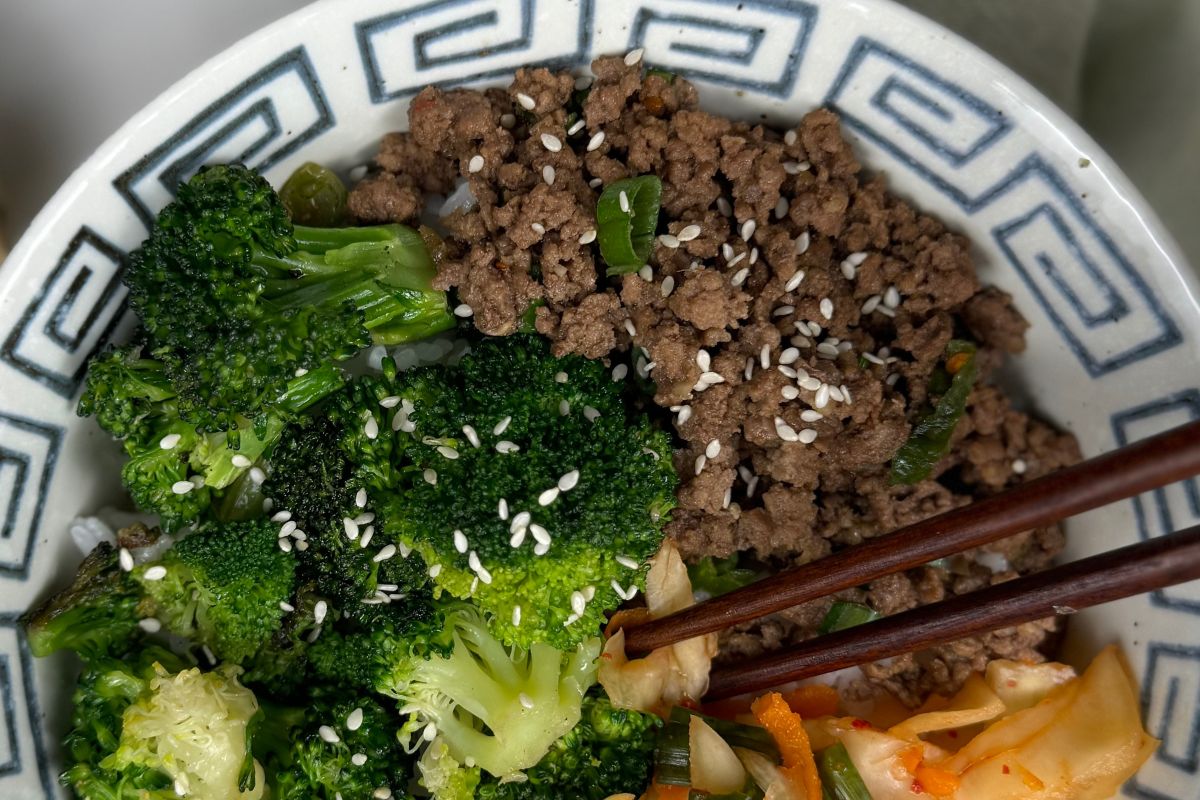
Recipe FAQs
Where can I find ground bison meat for this recipe?
Bison meat is increasingly available in many grocery stores, specialty butcher shops, or online retailers. Look for grass-fed bison for the best flavor and nutritional benefits.
Can I use ground beef instead of ground bison?
Since beef bowls are the inspiration of this recipe, you absolutely can! I would recommend sustainably sourced ground beef.
Are Korean bison bowl recipe gluten free?
This recipe is naturally gluten-free if you use tamari or gluten-free soy sauce instead of regular soy sauce. Serve over rice or cauliflower rice for a complete gluten-free meal.
How do I make my bowl low-carb?
For a low-carb option, serve the bison mixture and veggies over cauliflower rice or a bed of leafy greens.
How do I store leftovers?
Leftovers can be stored in an airtight container in the refrigerator for 3-4 days. You can also freeze the cooked bison mixture for longer storage.
What is an alternative for kimchi in these bowls?
Pickled cabbage or asian slaw could offer a similar crunch and great flavor, but keep in mind that if it is not a fermented food like Kimchi, it does not deliver the same gut-boosting benefits.
Korean Bison Bowl
Ingredients
For Korean Beef:
- 1 Tbsp avocado oil or other neutral cooking oil
- 1/4 cup yellow onion, chopped
- 3 cloves garlic, minced
- 1.5 lb ground bison
- 1/4 cup soy sauce or tamari (for gluten-free)
- 2.5 Tbsp honey
- 2 tsp sesame oil
- 1/2 tsp crushed red pepper flakes
- 1 tsp fresh ginger, grated (or 1/4 tsp ground ginger)
- 2 green onions, thinly sliced
- 1/2 to 1 tsp corn starch (optional) to thicken sauce
- 1/4 tsp sesame seeds (optional) for serving
For Broccoli:
- 2 tsps avocado or other neutral oil
- 12 oz broccoli florets
- 1/4 tsp crushed red pepper flakes
- salt and pepper to taste
Instructions
For Korean Bison:
- In a small bowl, whisk together soy sauce, honey, sesame oil, crushed red pepper flakes, and ginger.
- Heat avocado oil in a large pan over medium high heat. Add chopped onion and garlic to the pan and stir constantly until fragrant, for about 1 minute.
- Add ground bison and cook until almost browned, for 3 to 4 minutes, crumbling the meat as you cook. Thoroughly drain excess fat and juice from the pan (to avoid watery sauce).
- Stir in soy sauce mixture and green onions until well combined. Let it simmer until heated through for about 2 minutes.
- If you want a thicker sauce, in a small bowl, make a quick slurry with 1/2 to 1 tsp cornstarch and 1-2 tbsp water. Pour it into the pan and stir until sauce thickens.
For Broccoli (saute or roast):
- Saute broccoli florets with oil, red pepper flakes, salt and pepper over medium high heat for 5 minutes. Cover and cook for 2 to 3 minutes more, or until bright green and tender.
- Or roast broccoli with oil, red pepper flakes, salt and pepper in 425° oven for 15 to 20 minutes until tender.
For Serving:
- Serve Korean Bison and broccoli in a bowl on top of white rice. Add kimchi for extra crunch and probiotic boost!


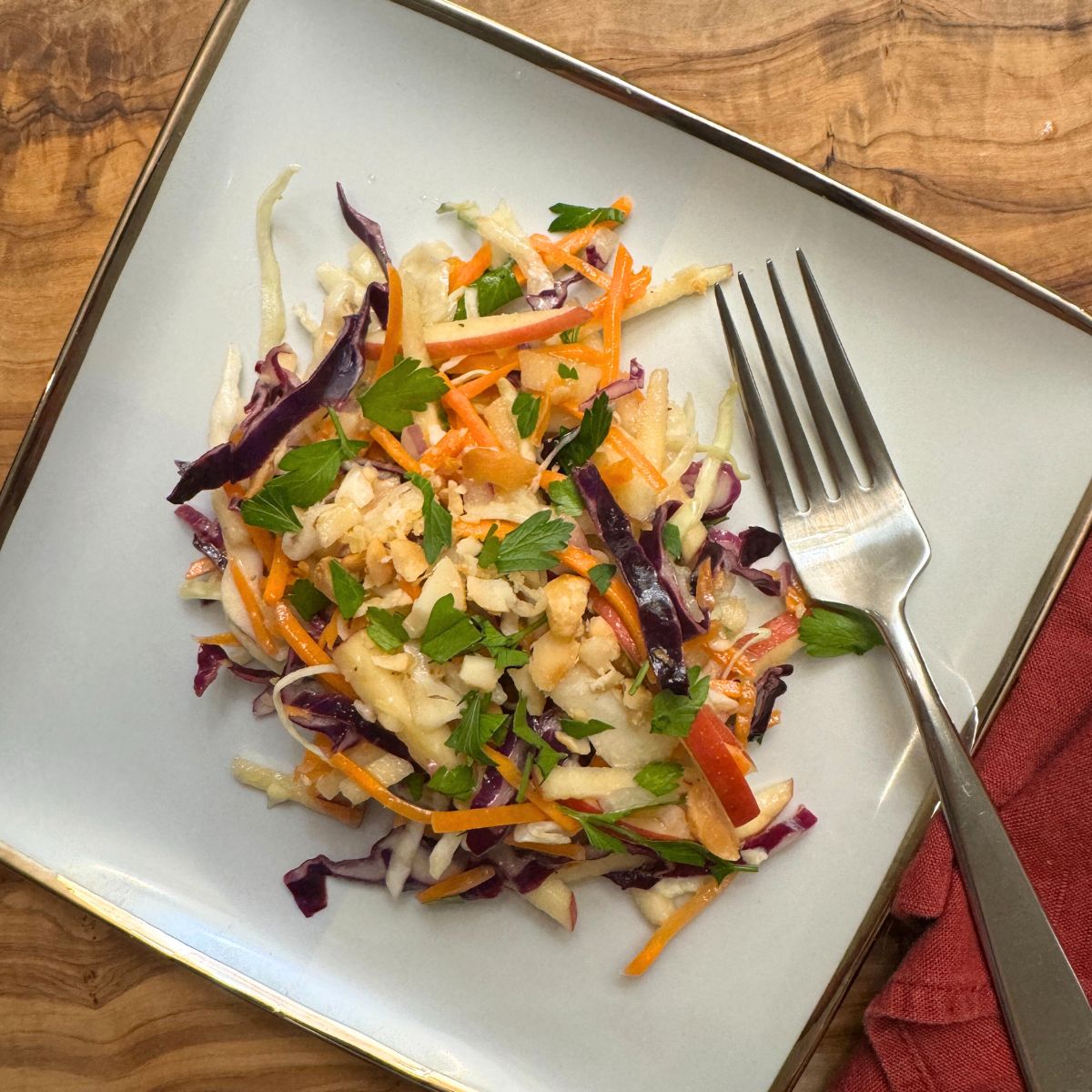
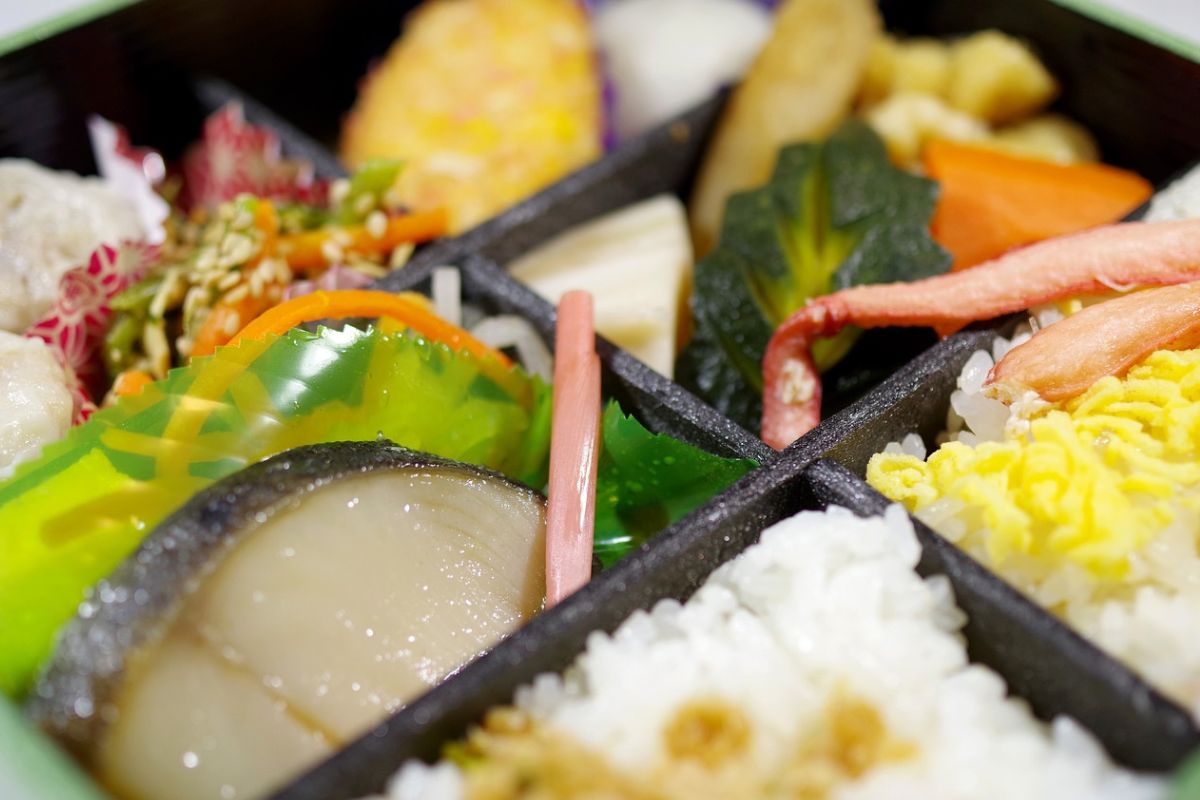
3 Comments
One of my family’s favorite meals. I like that bison is a cleaner meat – the sauce adds a lot of flavor to the meat.
Never thought of eating bison with Korean flavor. Loved it – it’s now in the rotation.
First time using ground bison in a dish and this was a delicious way to eat it! Actually found kimchi at Trader Joe’s – I thought I’d have to do without it…